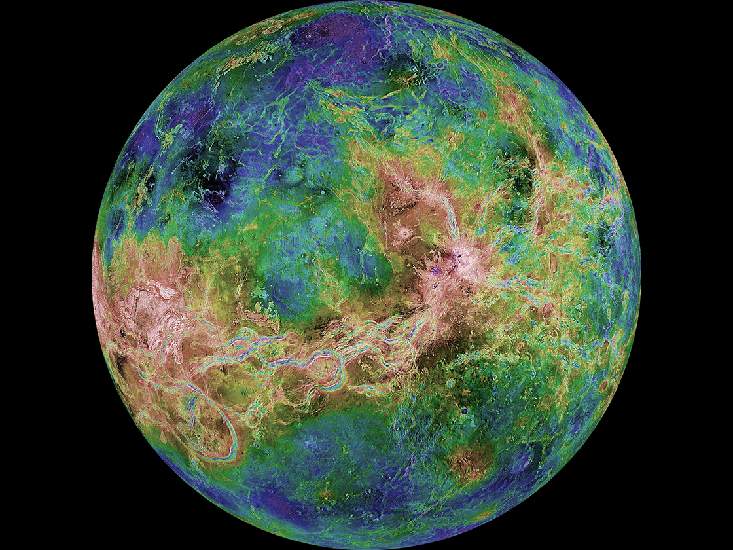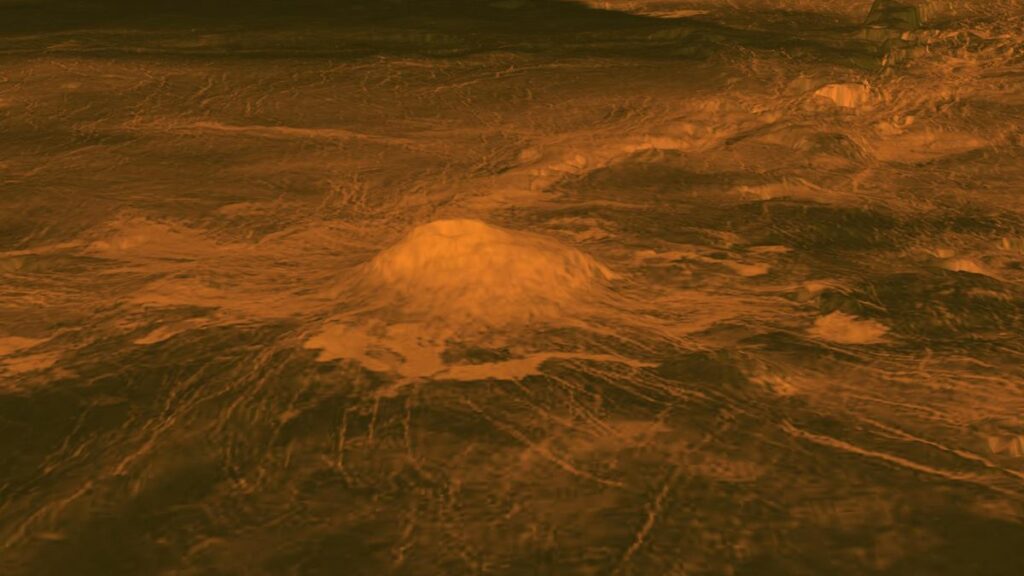Presence of Oxygen Identified in Venus’ hellish Atmosphere
For the first time, scientists have detected oxygen atoms in both the dayside and nightside of Venus’ atmosphere.
Renowned for its inhospitable conditions, Venus boasts an atmosphere filled with corrosive air, intense heat capable of melting lead, and toxic clouds harmful to humans, occasionally showering acid. Surprisingly, nestled amid layers of noxious gases, recent research has unveiled the presence of a sparse layer of molecular oxygen in this harsh environment.

Traditionally overshadowed by its planetary neighbor, Mars, Venus has gained renewed scientific interest, particularly following reports suggesting the potential existence of the organic compound phosphine in its clouds.
The groundbreaking findings stem from NASA’s Stratospheric Observatory for Infrared Astronomy (SOFIA), a modified Boeing 747 housing a 2.7-meter (8.9 feet) infrared telescope. A team of German astrophysicists meticulously analyzed data from SOFIA, focusing on 17 locations in Venus’ atmosphere on both its dayside and nightside. Remarkably, they identified molecular oxygen, a gas composed of nonbonded oxygen atoms, across all examined positions. The outcomes were published in the journal Nature Communications on November 7.
However, this doesn’t imply that astronauts could breathe the oxygen found on Venus in the same way they do on Earth. Molecular oxygen on Venus differs from the breathable oxygen on our planet. While the oxygen we breathe is composed of two bonded oxygen atoms, forming the molecule O2, molecular oxygen is a mixture of single, unbound oxygen atoms. Inhaling it would result in a highly reactive interaction with lung tissues, preventing its transfer into the bloodstream.
Although oxygen had been previously observed on the nightside of Venus, this discovery marks the first instance of its detection in the sunlit regions. The researchers propose that the accumulation of molecular oxygen occurs as the sun’s heat breaks down molecules of carbon dioxide and carbon monoxide. Subsequently, winds in the upper atmosphere transport it to the nightside of the planet, where the free oxygen atoms gradually engage in reactions with other elements.

Additionally, the layer of molecular oxygen likely induces a minor cooling impact on the upper tiers of Venus’ atmosphere. While this slight cooling doesn’t counterbalance the planet’s prevalent greenhouse effect, it suggests a potentially more temperate and agreeable historical period for Venus.
This revelation underscores the vast gaps in our understanding of Earth’s formidable “twin.” With two imminent NASA missions and another led by the European Space Agency, Venus is poised to become the focus of intensified scrutiny, promising further revelations in the coming years.
This article is republished from LiveScience under a Creative Commons license. Read the original article.
Do not forget to share your opinion with us to provide you with the best posts !




0 Comments